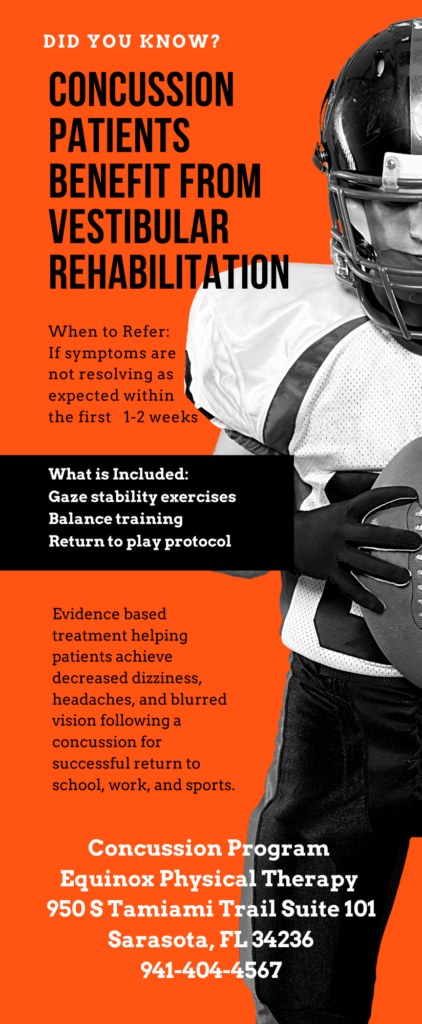So, what should be the first topic for my Blog? That’s easy BPPV! Why BPPV? I am choosing this topic because it is the most common type of inner ear disease. Of all inner ear disease, it takes up about 25% of all inner ear conditions. Also, it is the easiest to treat! BPPV stands for Benign Paroxysmal Positional Vertigo. BENIGN, meaning it is not life threatening and will not kill you. PAROXYSMAL, meaning the symptoms come and go. POSITIONAL, meaning the symptoms are triggered by a change in head or body position. And VERTIGO, meaning the person complains of a spinning sensation.
So many times people come to me and say, “they told me I have something wrong with the “crystals” in my ear”. Yes, that really sounds strange and like voodoo, but it’s not. There are crystals in our ears and they are supposed to be there! They are called “otoconia” and they are made up of calcium carbonate. They have to be seen with and electron microscope, because they are too tiny to see with the naked eye. Some people call them “ear rocks” because of their appearance. These tiny crystals can cause a heap of trouble when they become dislodged and start floating in the parts of the ear where they don’t belong. This will be better understood once you learn a bit about basic ear anatomy.
Art is inspirational, and when I see these rocks, I can’t help myself! They make me think of otoconia!
Understanding the inner ear anatomy and BPPV
Lets start with the outer ear and work our way inward. Sound travels from the outer ear, down the ear canal, to the ear drum. It crosses the eardrum and is conducted by 3 little bones called the malleus, incus, and stapes to the cochlea. The cochlea is in the inner ear and is incased in the temporal bone of your skull. Sound information is processed in the cochlea, and then transmitted by the cochlear nerve to your brain, which then translates the information into what we know as sound. If you really want to be technical about it, we hear with our brains!
The other half of the inner ear is the balance part, and it is called the vestibular system. In the vestibular system, we have 3 canals that are filled with fluid. When we move, the fluid moves, and it stimulates the little nerve fibers, which look like tiny hairs. These 3 canals converge into a central area where there are nerve cells that sense gravitational forces. These structures are called the saccule and utricle. They have a gelatinous matrix on top, which is where the otoconia, (or crystals), are found. The function of these crystals is to help stimulate the nerve when our head changes position. The information then travels down the vestibular nerves to the brain and our brain uses this information to help us balance and coordinate head and eye movements. However, if these crystals break free and start floating in the canals of the ear where they don’t belong, then when a person moves in the plane of that canal, for instance, when bending over or tipping their head back, it causes an abnormal woosh of fluid across the nerve cell and triggers vertigo or a spinning sensation.
With BPPV, the vertigo, or actual spinning sensation last for seconds, usually less than a minute. Once the crystals float to the bottom of the canal, the spinning stops. But if you move your head again, you can get the spinning all over again. Gradually this symptom will fatigue.
So how is BPPV treated?
Well, many times is goes away on its own in a day or two. Other times, it can last for a long time and not go away unless it is treated.
To treat this, it first has to be diagnosed properly. There is a lot of information out there on the internet, and sometimes people try to treat themselves with varying degrees of success or failure. Diagnosing which canal the crystals are floating in takes knowledge and a clear understanding of the condition and it’s various presentations. For instance, a doctor or therapist will test to determine if the crystals are loose in your right ear, your left ear, or both ears. Once that is determined, the next thing to figure out is which of the 3 canals are the crystals loose in? This is very important because the treatment is different for each canal! With both ears combined, there are 6 canals that need checking in order to come up with the correct diagnosis. Therapists or doctors look at the pattern of eye movements that create the sensation of vertigo while in the test positions in order to determine which canal is affected.
Research tells us that the most common canal for BPPV is the posterior canal, which is affected in 80-85% of most cases. But the horizontal canal, or the anterior canal, are also possibilities. The test for BPPV is called the Hallpike Dix test (also called the Dix-Hallpike Test depending on who you ask). It is used to diagnose BPPV if the posterior or anterior canal is the culprit. Testing for the horizontal canal is done by the roll test.
Treatment for the posterior canal is done by the Epley Maneuver. It is a treatment named after a famous ear doctor named Dr. John Epley who was the first to present this treatment for this condition. He is a great guy, and I have met him on several occasions. He is getting older now, and is no longer in practice, but his techniques have helped so many people and have become the standard of care for posterior canal BPPV. There is another technique called the Semont Maneuver. This can be effective, and I will use this when a client is not responding to the Epley Maneuver. Brandt Darroff exercises are also used when the above techniques are not working for a client. The Brandt Darroff exercise is not a corrective treatment like the Epley or Semont. It works on the theory of habituation, which means with repeated exposure to the position that is provoking the vertigo, our brain will learn to become desensitized to the motion, and disregard the stimuli so that one can move in and out of positions that usually trigger vertigo and dizziness.
If you need to find a doctor or therapist near you who is familiar with treating BPPV, I recommend going to the Vestibular Disorders Association website. There, you can enter your area code and find a doctor or therapist in your area.




